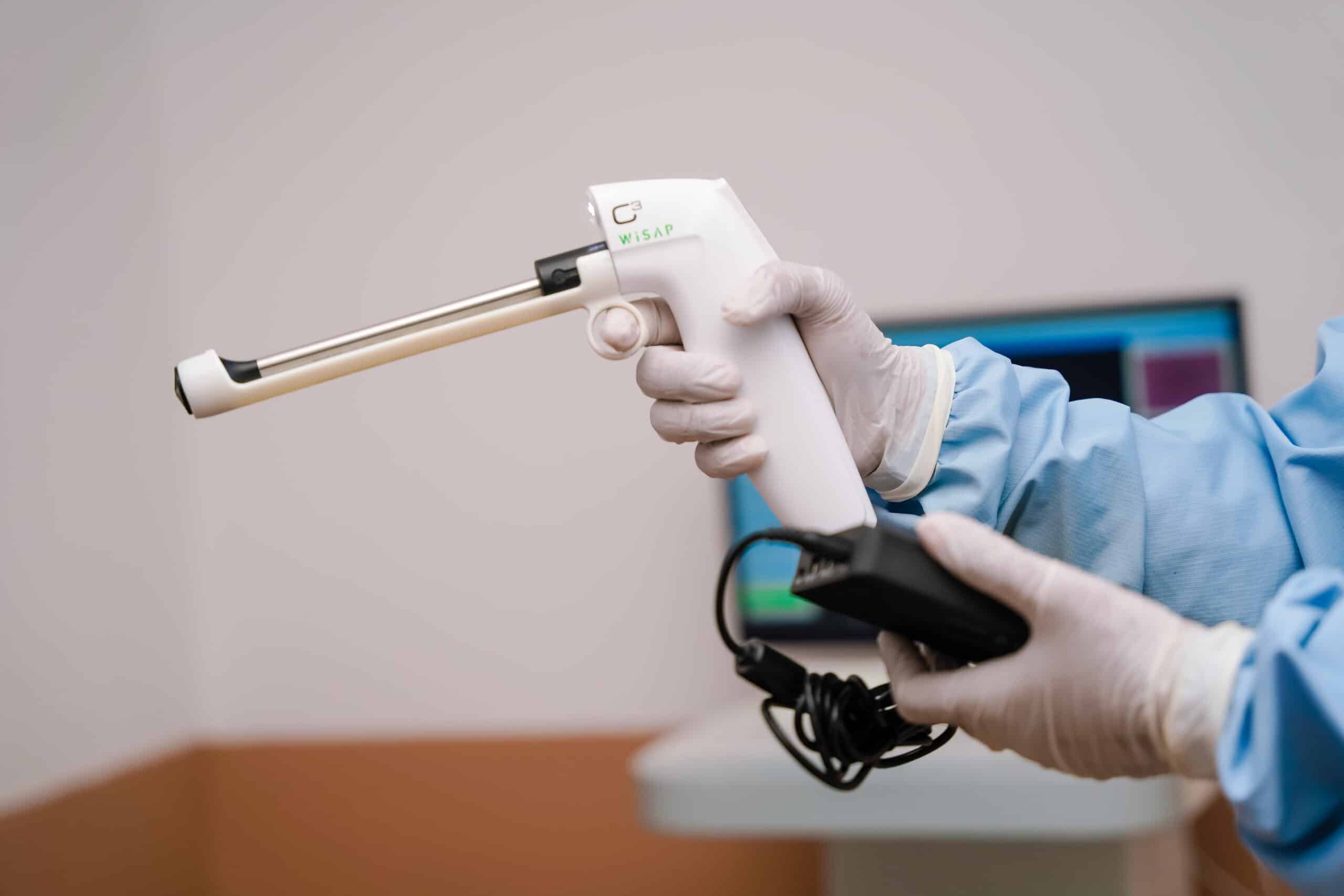
Thermocoagulation devices are game-changers in the medical field, offering precise treatment options for various conditions. But what exactly are these devices, and how do they work? Thermocoagulation involves using heat to coagulate or destroy tissue, often employed in procedures like tumor ablation, varicose vein treatment, and chronic pain management. These devices utilize different energy sources such as radiofrequency, laser, or microwave to achieve the desired therapeutic effect. Understanding thermocoagulation devices can help patients and healthcare providers make informed decisions about treatment options. Ready to learn more? Here are 27 fascinating facts about these innovative medical tools.
What is a Thermocoagulation Device?
Thermocoagulation devices are medical tools used to treat various conditions by applying heat to tissues. They are commonly used in procedures like tumor ablation, varicose vein treatment, and chronic pain management. Here are some intriguing facts about these devices.
-
Thermocoagulation devices use heat to treat tissues. They work by delivering controlled heat to specific areas, causing the targeted tissue to coagulate or clot.
-
These devices are often used in cancer treatment. They can destroy cancerous cells by heating them to a temperature that causes cell death.
-
Varicose veins can be treated with thermocoagulation. The heat causes the veins to collapse and eventually be reabsorbed by the body.
-
Thermocoagulation is also used for chronic pain management. By targeting nerves with heat, these devices can reduce pain signals sent to the brain.
How Thermocoagulation Devices Work
Understanding the mechanics behind these devices can be fascinating. They employ various technologies to achieve their therapeutic effects.
-
Radiofrequency energy is commonly used. This type of energy generates heat through the resistance of tissues to an electric current.
-
Microwave energy is another method. Microwaves can penetrate deeper into tissues, making them suitable for larger tumors.
-
Laser energy can also be utilized. Lasers provide precise control over the area being treated, minimizing damage to surrounding tissues.
-
Cryoablation is a related technique. Instead of heat, it uses extreme cold to achieve similar results.
Benefits of Thermocoagulation Devices
These devices offer several advantages over traditional surgical methods, making them a popular choice in modern medicine.
-
Minimally invasive procedures. Thermocoagulation often requires only a small incision or no incision at all, reducing recovery time.
-
Reduced risk of infection. Smaller incisions mean fewer opportunities for bacteria to enter the body.
-
Less pain and scarring. Patients typically experience less postoperative pain and minimal scarring compared to traditional surgery.
-
Shorter hospital stays. Many procedures can be done on an outpatient basis, allowing patients to go home the same day.
Applications in Different Medical Fields
Thermocoagulation devices are versatile and find applications in various medical specialties.
-
Dermatology uses them for skin lesions. They can remove warts, moles, and other skin abnormalities with precision.
-
In gynecology, they treat endometriosis. Heat can destroy endometrial tissue growing outside the uterus.
-
Otolaryngology employs them for nasal obstructions. They can reduce the size of turbinates, improving airflow through the nasal passages.
-
Gastroenterology uses them for hemorrhoids. Heat can shrink hemorrhoidal tissue, providing relief from symptoms.
Safety and Efficacy
Safety and effectiveness are crucial when it comes to medical devices. Thermocoagulation devices have a good track record in both areas.
-
FDA approval is required. These devices must meet stringent safety and efficacy standards before being approved for use.
-
Clinical trials support their use. Numerous studies have demonstrated their effectiveness in treating various conditions.
-
Complications are rare. When used correctly, the risk of complications is low.
-
Patient satisfaction is high. Many patients report positive outcomes and a high level of satisfaction with their treatment.
Innovations and Future Directions
The field of thermocoagulation is continually evolving, with new technologies and applications emerging.
-
Robotic-assisted procedures are on the rise. Robots can provide greater precision and control during thermocoagulation procedures.
-
Artificial intelligence is being integrated. AI can help in planning and executing procedures, improving outcomes.
-
New energy sources are being explored. Researchers are investigating the use of ultrasound and other energy forms for thermocoagulation.
-
Personalized treatment plans are becoming more common. Advances in imaging and diagnostics allow for more tailored approaches to treatment.
Interesting Tidbits
Here are some lesser-known facts that might surprise you.
-
Thermocoagulation has ancient roots. The concept of using heat for medical treatment dates back to ancient civilizations.
-
Veterinary medicine uses these devices too. They can treat tumors and other conditions in animals.
-
Cosmetic applications are growing. Thermocoagulation is being used for non-surgical facelifts and other aesthetic procedures.
The Final Word on Thermocoagulation Devices
Thermocoagulation devices are game-changers in medical treatments. They offer precise, minimally invasive solutions for various conditions, from tumors to chronic pain. These devices use heat to target and destroy abnormal tissues, reducing recovery time and improving patient outcomes.
Their versatility makes them invaluable in both outpatient and inpatient settings. With advancements in technology, thermocoagulation devices are becoming more efficient and accessible. They represent a significant leap forward in medical care, providing effective treatment options with fewer side effects.
Understanding the capabilities and benefits of these devices can help patients and healthcare providers make informed decisions. As technology continues to evolve, the potential applications for thermocoagulation devices will only expand, offering even more innovative solutions for medical challenges.
In short, thermocoagulation devices are a vital tool in modern medicine, promising better health outcomes and improved quality of life for many patients.
Was this page helpful?
Our commitment to delivering trustworthy and engaging content is at the heart of what we do. Each fact on our site is contributed by real users like you, bringing a wealth of diverse insights and information. To ensure the highest standards of accuracy and reliability, our dedicated editors meticulously review each submission. This process guarantees that the facts we share are not only fascinating but also credible. Trust in our commitment to quality and authenticity as you explore and learn with us.
